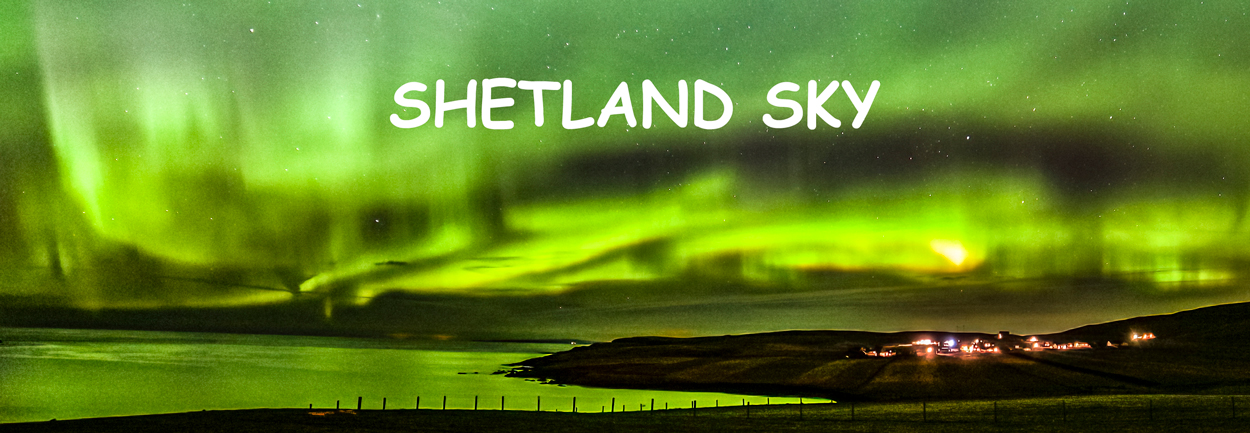Often without the aid of the camera we could miss a weak aurora, the camera sensor is far more sensitive than our eyes. You have to go back to 1892 to when the first aurora photograph was taken which showed some structure, this was taken by two Germans, Otto Beschin & Martin Brendel using a highly sensitive plate and a wet process.
Before this Robert Esther tried back in 1885 when he achieved a blurry aurora photograph with an eight and a half min exposure which blurred out the aurora and was never published. Today with advanced digital DSLR cameras we can take exposures of a few seconds which show some great detail.
Long before cameras came along people felt a strong need to capture the aurora in some way to show others, some would turn to art, others tried to describe it in words but now many people try and capture it digitally.
As i have said before its on most people's bucket list and i have spoken to a number of visitors to Shetland who have come up in winter to catch a glimpse or better still a photograph of the Merrie Dancers as it is call here.
Green is the main colour that we see but on some occasions when there is a big storm other colours are evident such as Red and Purple although the latter is less frequently seen. The Red colour is often seen at about 120 miles up with the Green colour lower at 90 miles high and Blue and Magenta at 60 miles high.
I was glad to be out Monday night as this was the only night to have clear skies all this week, the wind was not too strong either but with a major aurora at KP6 on a couple of nights later in the week I was very disappointed to find that it was total cloud cover, heavy rain and up to gale force 8 so no chance of even seeing the aurora.
The milky way was spectacular as well. with no light pollution from the moon many thousands of stars could be seen




















































